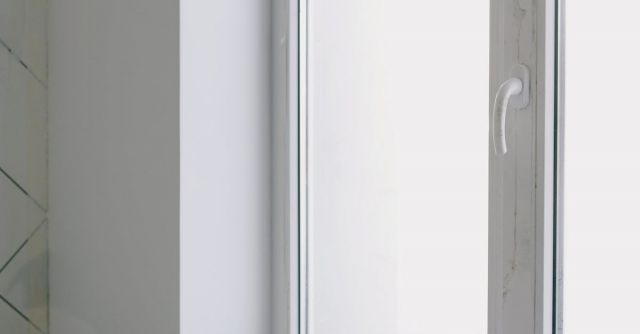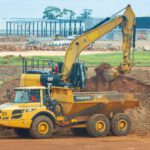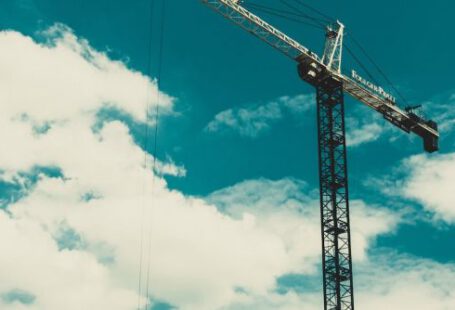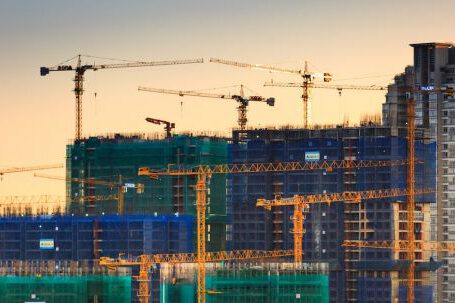Proper maintenance is an integral part of any lifting equipment operation. Whether you are using a crane, hoist, forklift, or any other lifting equipment, regular maintenance is essential to ensure safe and reliable operation. Regular maintenance helps to prevent major mechanical problems, saves time and money, and keeps your equipment running safely and efficiently.
The Benefits of Regular Maintenance
Regular maintenance of lifting equipment can provide numerous benefits, including:
- Improved performance – Regular maintenance will help to keep your equipment in top condition, ensuring it operates reliably and safely. This can help to reduce downtime and improve equipment performance.
- Reduced costs – By performing regular maintenance, you can help to lengthen the lifespan of your equipment and reduce costly repairs and replacements. Regular maintenance can also help to reduce energy consumption and other overhead costs.
- Enhanced safety – Regular maintenance is essential for keeping your lifting equipment in safe working condition. It can help to identify potential problems before they become serious and cause accidents.
- Increased productivity – Regular maintenance can help to reduce downtime and ensure that your equipment is always available when you need it. This can help to improve your productivity and efficiency.
What to Look for During Maintenance
When performing regular maintenance on your lifting equipment, there are several key areas that should be checked, including:
- Safety devices – All safety devices should be inspected regularly to ensure they are in good working condition. This includes the brake systems, safety switches, and any other safety-related components.
- Controls – All controls and indicators should be checked to ensure they are functioning correctly. This includes the speed control, power supply, and other electrical components.
- Mechanics – All mechanical components, including the gears, chains, and other moving parts, should be inspected and lubricated regularly to ensure they are in good working condition.
- Attachments – All attachments, such as hooks, slings, and other lifting components, should be inspected regularly for wear and tear. Any damaged components should be replaced immediately.
Conclusion
Regular maintenance is essential for keeping your lifting equipment in safe and reliable working condition. It can help to reduce downtime and costs, improve performance, and enhance safety. When performing maintenance, be sure to inspect all safety devices, controls, mechanics, and attachments to ensure they are in good working condition. By performing regular maintenance, you can ensure that your equipment is always available when you need it and that it operates safely and efficiently.






